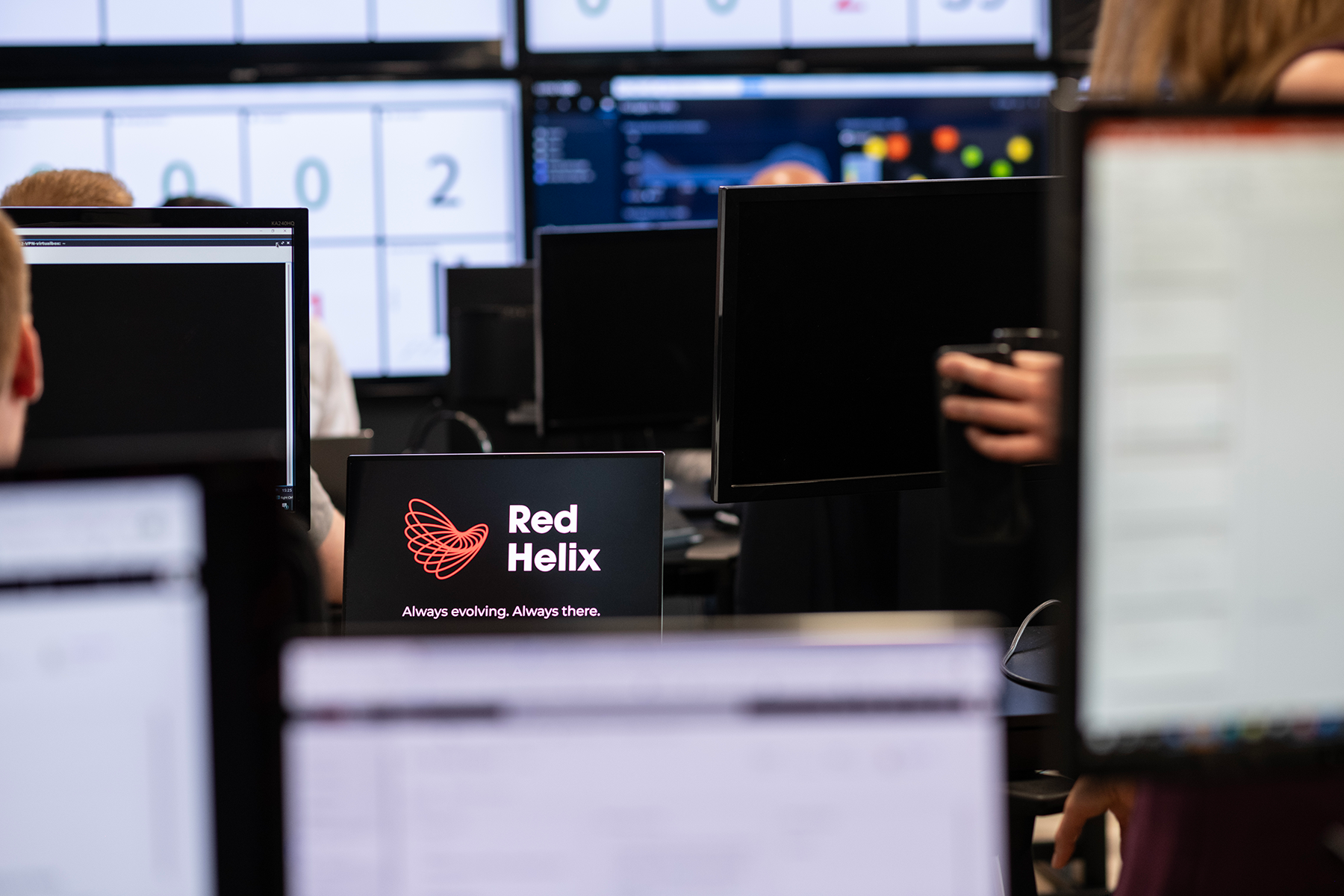Cloud Services: Why you Need Third Party Visibility
Category: News
Published: 16th July 2023

Over the past decade, cloud computing has experienced a remarkable surge. Starting with a humble inception on Amazon Web Services in the early 2000s, it has now evolved into a global industry with a projected value of $525.6 billion by the end of 2023.
Modern cloud computing certainly has the potential to be everything we’ve been promised, giving businesses the opportunity for fast and simple access to all computing resources without the expense of investing in data centre infrastructure or hardware.
For many though, there is still one thing missing that would help to ensure cloud computing capitalises on the promises it made. Namely, visibility.
Granted, cloud performance itself tends to be measured, ensuring the customer’s quality of experience is as it should be and that the move to the cloud was worth the investment. But we are surrendering our visibility over the data and, without it, are relinquishing our ability to spot threats or pinpoint performance issues.
Why third-party visibility is vital
For those looking at migrating to the cloud, a key concern raised is around the loss of the ability to make a physical copy of their traffic. While on-prem IT infrastructures could be supported by physical Network Taps to make exact copies of the network traffic, to then be conditioned and distributed to security and performance monitoring tools, these unfortunately weren’t readily available for virtual services.
However, this no longer needs to be the case. Virtual TAPs are not only easily available for all leading cloud platforms, but they also allow your organization to use and integrate with existing security and monitoring tools. Though many cloud service providers will still try to negate the need for these, choosing to promote their own ability to monitor their service, they are an invaluable resource to have in place.
Third-party visibility tools enable an impartial view of your network traffic, allowing your monitoring tools to highlight and troubleshoot performance issues. Those offering the service may indicate that they already have tools in place to do this for you, but it is important to be aware that they may not be completely transparent.
Improved security means more visibility
Third-party visibility tools provide the ability to better monitor your network performance and grant more control over your security. Large providers will have their own measures in place. Nevertheless, we cannot look away from the fact that your own security responsibility lies within your organization. Therefore, it’s crucial to have visibility and control over it, otherwise, you’re unlikely to notice vulnerabilities or even identify when a breach occurs.
Maintaining visibility of your cloud services allows you to spot weaknesses in your security environment and detect and respond to threats in real time. Combined with effective security solutions – such as Endpoint Protection to cover the devices being used to connect to your services, Zero Trust Network Access (ZTNA) to avoid VPN shortfalls, and breaches from compromised suppliers, and Security Incident Event Management (SIEM) to aggregate and prioritize signals from multiple sources for threat response – you can continue to drive the best performance from your cloud services, while confident in your protection.
The promise of the cloud
The potential of the cloud is widely known. We’ve witnessed a great deal of it and regaining visibility will allow you to bring your cloud services to life.
By using third-party visibility tools, you can gain control over the performance of your cloud-based assets, make cost optimization and business-orientated decisions, and most importantly, enhance your security through real-time threat monitoring and response.
